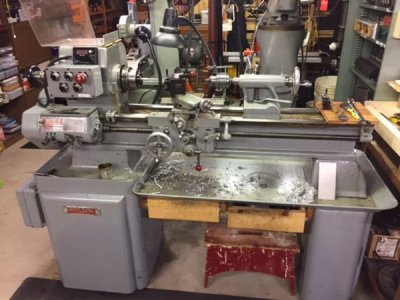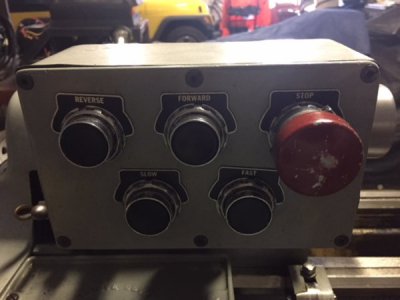C
cvairwerks
Forum Guest
Register Today
If you have over a 100 amp service AND the lathe is under 5 hp on the main drive, go for 3p and a vfd. Otherwise single phase.


3 Phase.
Because I have both a lathe and a mill, and for reasons of cost, I went with a static phase converter. Under $100
http://phaseconverterusa.com/Static-Phase-Converter_c_11.html
Once the motor is running, the converter kicks out. This leaves the motor running on 2 legs of power. Some have stated that this can cause finish issues with a lathe. For this reason, I start the mill and leave it running (serving as a rotary converter) while using the lathe.
I will be receiving a rotary phase converter once its current owner is done with it, but I really have no complaints with the static.
